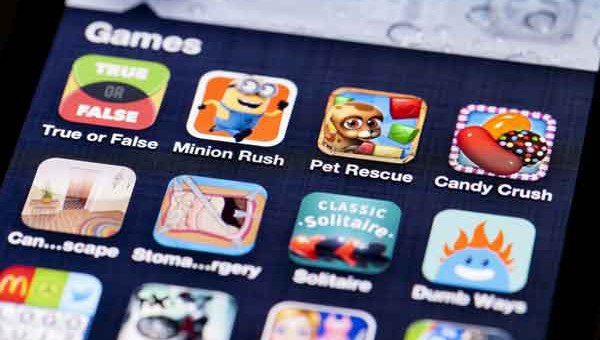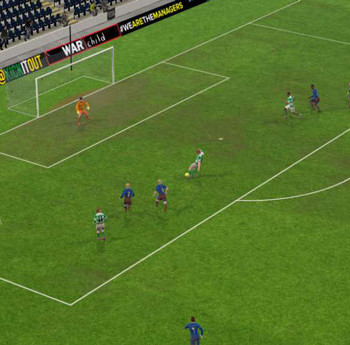
How to maximise game downloads in the major app stores
Back in 2008 Apple launched its App Store, forever changing the way people interact with applications. For years to come, the very notion of browsing and choosing apps to download was novelty enough to make it exciting.
However, the honeymoon period is over for mobile users and applications. In fact, worldwide app downloads are on the decline, as people spend an increasing amount of time using Facebook, Google, WhatsApp and a select group of apps – many of which come preinstalled on their devices.
So now you have to work harder than ever to get people downloading your apps. Luckily, the mobile games category is by far the most popular (Statista), and still going strength to strength. Which means there’s plenty of market growth if you localise your games for maximum downloads.
Go global or go home
Let’s cut to the chase here, the only way to maximise downloads is to market your game internationally in an attempt to increase your user-base year-on-year. You don’t need to – and probably shouldn’t – take on the whole world at once. It makes sense to focus on a smaller crop of profitable markets and gradually go from there.
Spanish, French and Chinese speaking countries are always a good place to start for sheer numbers. Each of them come with their own unique localisation challenges and benefits but the key thing here is to think ahead. Localising for Chinese markets gets you access to the most widely spoken language in terms of people, but it also makes localising for other Asian languages in the future easier.
Don’t leave localisation as an afterthought. Know who your target markets are before you start developing your games and make video game localisation one of your top priorities. This will save you a lot of hassle – not to mention cost – further down the line.
Poor localisation is expensive – it alienates sections of your target audience and hits your number of downloads hard. Worse still, it makes the development process more time and money consuming – a nasty combination.
So take localisation seriously from the get go, or you’ll end up paying more in the long run for less downloads.
Never underestimate the power of game descriptions
It’s amazing how many games in the App Store and Google Play fail to make the most of their game descriptions. For potential gamers, this is pretty much all they have to go on when deciding whether to download a game or not.
So, first of all, be descriptive and highlight the experience you want to capture when people are playing. Don’t run through a list of features or technical updates. Nobody cares which platform you used to build your game; they want a taste of the excitement they can expect from playing it.
Next up, you need to think about translation and localisation for your descriptions. If you’re marketing to Brazilians, then your game descriptions should be in Brazilian Portuguese. Likewise, your potential gamers in French speaking countries will be more likely to download your games with descriptions in their native language. So make sure the translations are accurate and capture the same excitement in each language.
One final point: don’t upload descriptions in languages your game doesn’t support. We shouldn’t really have to say this, but we’ve seen descriptions in (for example) French for games that haven’t been translated/localised for it. Sure, you might get some extra downloads by cheating, but people will soon uninstall your game and make their feelings known in the review section.
Aside from translating your game descriptions, you can give your titles an added boost by localising the screenshots to go with them.
You want your screenshots to match the language you’re targeting in your description – so any visible text should be in the target language. Also, consider any in-game elements you may have localised for specific markets. If you’ve changed any icons, numbers, map layouts or other elements, be careful these changes are reflected in the screenshots for the relevant markets.
Go multiplatform
There’s a common assumption that developing games for iOS is more important than Google Play or other platforms. There’s some logic to this assumption too – the fact that iPhone users spend more money on apps and in-app purchases.
However, Android users make up the vast majority of gamers and, while they spend less money on average than their iPhone counterparts, you don’t want to turn their money down.
So be sure to get an accurate forecast for both iOS and Android users – plus any other platforms you consider profitable. Develop and optimise for each platform, they all have their differences and remember to localise for different app stores and the devices gamers will be playing on.
Gaming is just about the only category that’s bucking the trend on dwindling mobile app downloads. This is great news for all of us in the industry, but the overall decline shows how hard we need to work to capture the interest of gamers. So don’t leave anything to chance and make sure your localisation efforts are up to scratch – for every title and every market you target.
- Posted by Alexandra Kravariti
- On 24th November 2016
- 0 Comments



0 Comments